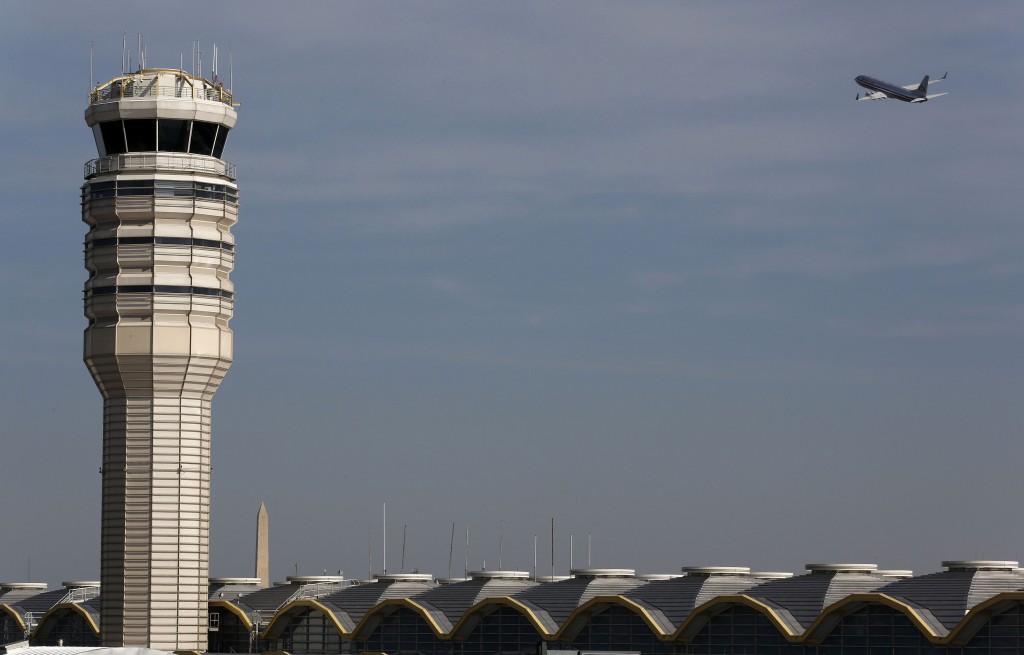There are many professions in which around-the-clock schedules are required, including many jobs in the transportation and aviation field. Because of the critical nature of their work and the need to work more hours in a concentrated amount of time, fatigue will often set in with these employees, leading to a sharp decrease in performance.
Up in the Air
According to a 2012 study conducted by NASA researchers, fatigue is a major component of decreased work performance among air traffic controllers. The study consisted of 3,268 people who took an online survey of fatigue factors and over 200 individuals who participated in a field study using wrist monitors.
A shocking 70% of those working midnight shifts reported that they had caught themselves “about to doze off” while working. Another 18% of respondents said that they had been involved in an operational error at work, and 56 % of those involved felt that their fatigue had been a contributing factor in the operational error.
After reviewing the study, the Federal Aviation Association (FAA) implemented recommended changes in the air traffic controllers’ rules for shift scheduling in order to reduce the risk of chronic fatigue and its potential ramifications on human performance.
On the Road Again
Similar to air traffic controllers, commercial truck driving is an industry in which 24-hour operation causes fatigue, leading to deadly accidents. In fact, 30,000 of our nation’s citizens and loved ones perish each year in highway accidents, and crashes involving large trucks are responsible for 1 in 7 of those deaths.
According to federal officials, drowsy driving is the leading cause of highway accidents and fatalities, though drivers are slow to admit fatigue in accidents for fear that they will be found at fault. In December of 2011, the Federal Motor Carrier Safety Association issued new rules to mitigate fatigued driving by making changes to the “hours of service” rules for truck driving.
Among the two most prominent new requirements, drivers must now take a 30-minute rest break within the first 8 hours of their shift so they can stay alert on the road. The other significant requirement is the institution of the 34-hour rest period, known as the “restart.” Every seven days, drivers must have two consecutive rest periods between the hours of 1:00 a.m. and 5:00 a.m. in order to catch up on sleep before the start of another workweek.
The ultimate goal behind these changes is to reduce the average maximum weekly workload of a driver from 82 hours to 70 hours. Yet in a business where miles mean money and time means miles, many truck drivers and their employers have protested the 2011 rule changes, arguing that the government should not be able to regulate when truck drivers must sleep.
Crosley Law Firm
Understanding human fatigue and its effects on the road and in the air, are areas in which the experts at Crosley Law Firm can help you build a potential case. If you or a loved one have been involved in an accident stemming from professional fatigue, please contact us today at (877) 535-4529 or visit our website to learn more about how we can help. We offer free consultations and our “No Fee” policy ensures that you will not pay a dime until we have successfully resolved your case.
References:
Federal Aviation Administration. (2014). NASA Controller Fatigue Assessment Report. Retrieved from http://www.faa.gov/data_research/research/media/NASA_Controller_Fatigue_Assessment_Report.pdf
Foxx, Anthony. (2011, Dec 8). Why we care about truck driver fatigue. Retrieved from https://www.transportation.gov/fastlane/why-we-care-about-truck-driver-fatigue
Perkins, Lucy. (2011, Aug. 15). FAA study: Air traffic controllers’ schedules can lead to fatigue. Retrieved from http://www.npr.org/sections/thetwo-way/2015/08/11/431656800/faa-study-air-traffic-controllers-schedules-can-lead-to-fatigue









